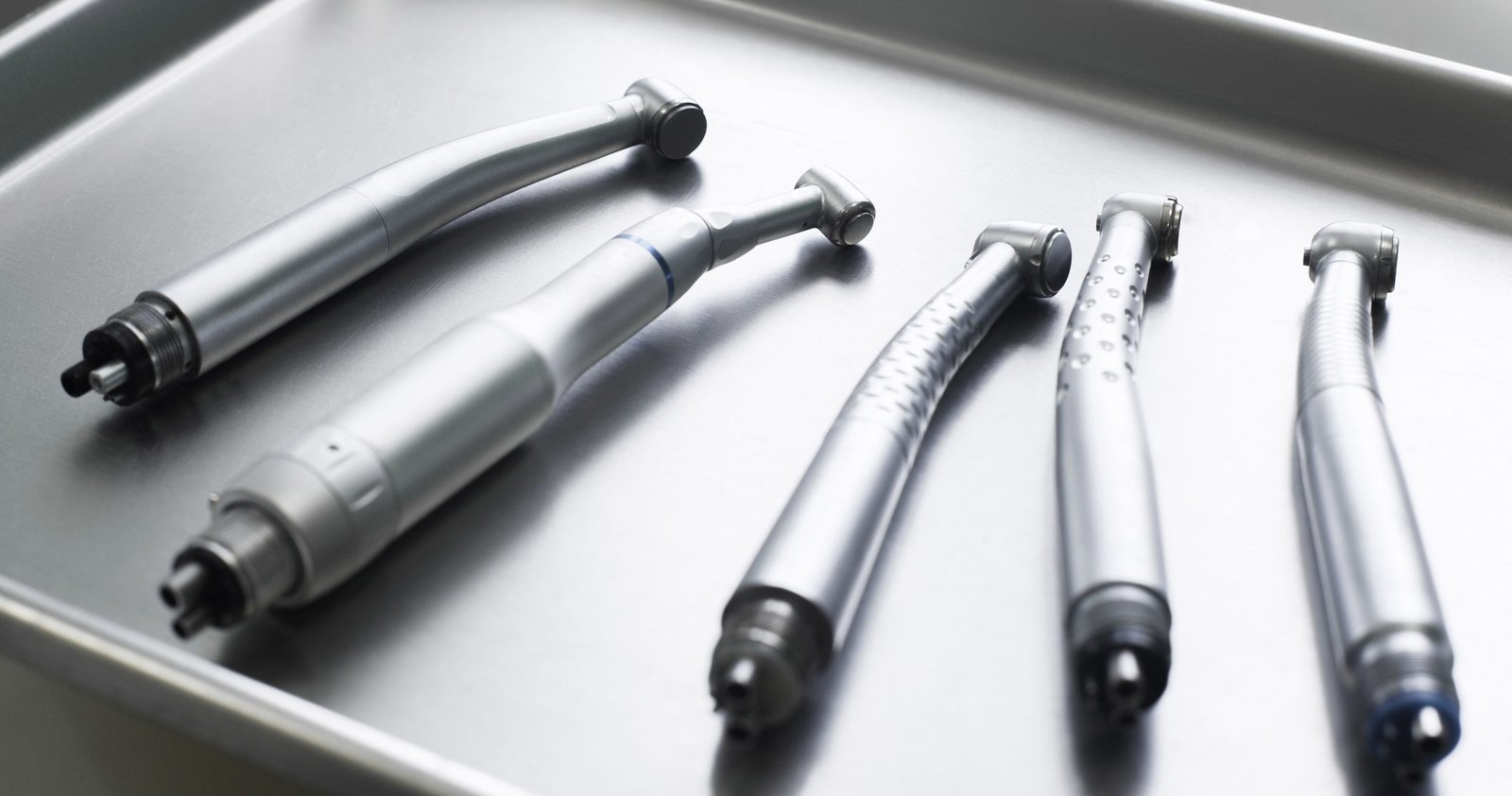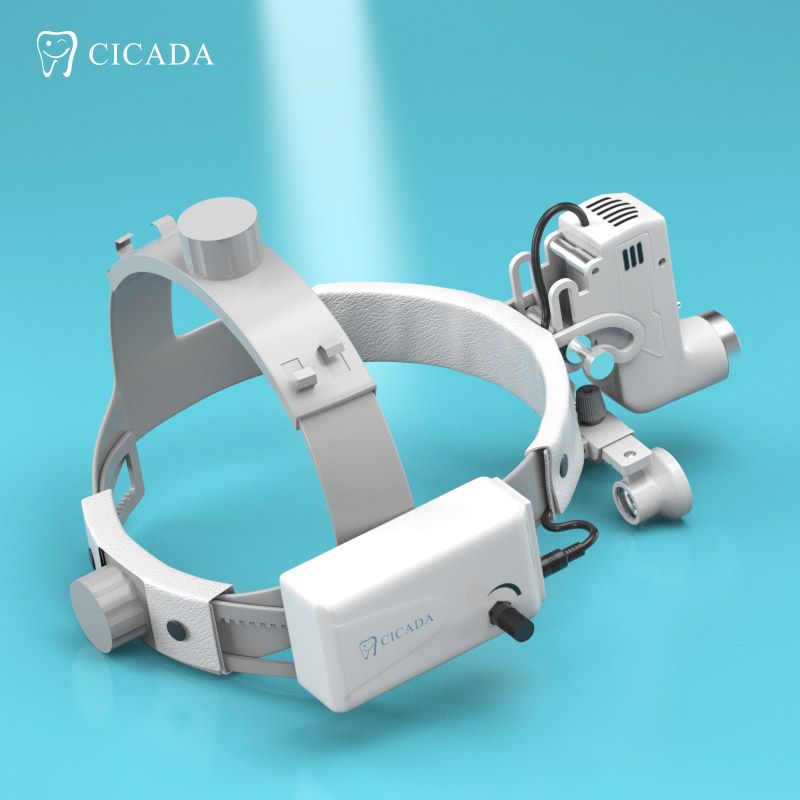Understanding the different types of endodontic files, such as K-files, H-files, and rotary files, is a game-changer for successful root canal therapy. These tools, designed to meticulously clean and shape the intricate channels within a tooth’s root, are the unsung heroes in endodontic procedures. From the varied endodontic file types like stainless steel hand files, NiTi rotary systems, to hybrid systems, each offers unique benefits. The stainless steel and nickel-titanium (NiTi) materials are particularly favored for their flexibility, durability, and corrosion resistance.
Factors to Consider When Choosing Endodontic Files
Choosing the best endo files for your practice is not unlike choosing the right tool for a delicate craft. It’s about understanding the nuances of tooth anatomy, including length and curvature, and the type of material, with stainless steel and NiTi being popular choices. It’s also crucial to consider the file tip size and taper for effective apical preparation. Whether you’re looking for endo files color coding or specific designs like rotary or reciprocating, selecting from reputable manufacturers ensures quality and efficiency in your endodontic procedures.
Using Endodontic Files Efficiently
Using endodontic files efficiently is a bit like mastering a musical instrument. Whether you’re employing a C file endo system or K-files, remember to use adequate lubrication. This not only enhances rotation but also improves overall efficiency. It’s important to avoid overuse to prevent fatigue failure and to employ varied techniques for navigating challenging curves in root canals.
Understanding the Types of Endodontic Files
Endodontists today have a plethora of options when it comes to selecting an appropriate file system for their practice. Here are some commonly used types:
- Stainless Steel Hand Files: Traditional hand-operated files made up of stainless steel come in varying shapes and sizes like K-file and H-file.
- Nickel-Titanium (NiTi) Rotary Systems: The most widely-used rotary systems are made up of NiTi alloy, which makes them highly flexible compared to traditional hand-held Stainless Steel Hand Files.
- Hybrid Systems: Hybrid Endo File System merges features from both manual & rotary systems, thereby delivering more comfort & control while reducing errors done while performing procedures.
Sterilization and Maintenance of Endodontic Files
Maintaining cleanliness around instrumentation is vital for achieving optimal clinical outcomes. A strict approach must be followed by all members involved in handling these tools, including dental assistants who play a critical role as they do most of the cleaning work. Autoclaving should be performed after each usage cycle, along with having access to suitable lubricant oil, which can increase longevity and strength against fracture.
Addressing the Risks of Using Endodontic Files
It’s crucial to acknowledge the potential risks involved with endodontic files, especially when exploring options like endo files color coding or determining which endodontic file is the smallest for a particular procedure. Incorrect usage can lead to complications such as perforation and apical extrusion of debris. Adhering to strict disinfection protocols is essential to mitigate these risks and ensure patient safety.
Selecting the Ideal Endodontic Files
The decision to choose the right endodontic files, be it understanding endo files types, color coding, or selecting the best endo file system, is paramount in ensuring successful root canal procedures. By comprehensively understanding the various types, their applications, and maintenance, you elevate the standard of service in your dental practice. It’s like finding the perfect key to unlock a complex lock, ensuring a smooth and successful procedure.




